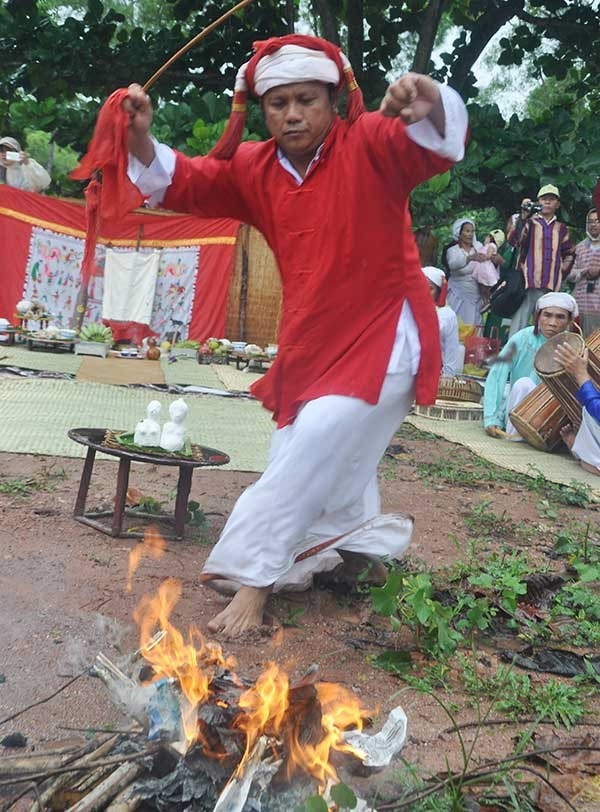
Whip dance or fire-trampling dance of the Cham people in My Son.
In previous years, the My Son Relics Management Board invited researchers and artists to stage an art performance program integrating Cham ethnic performing arts such as chanting, praising the gods, ritual dances, and ceremonial music. These are folk art forms that often take place at the temples during major community festivals. At the performance house and tower group G, there are shows almost every day, especially shows serving tours with many foreign tourists visiting the relic site. Some of the performances with strong Cham flavor include: offering dance, water dance, apsara dance, fire-biting dance, playing saranai trumpet, beating ghi nang and paranung drums, etc.
The offering dance is a sacred dance to pay homage to the gods in the temples. Cham dancers often carry candles, water, fruits, betel and areca nuts on their heads to offer to the gods. The object to be carried is a 3-tiered Thong hala, also known as a "betel tray", because the offering is mainly made of betel leaves, shaped symmetrically like a work of art. This is the symbol of the great goddess Po Bar Gina of the Cham people. In the Ka Te festival at Po Klong Girai tower, the offering dance is a very important and sacred ritual. The girls dance in front of the tower, carrying offerings on their heads, a scarf over their shoulders, and holding fans in both hands. The fan dance is also called Tamia tadik dance. The dancers follow the rhythm of drums and trumpets, their hands rhythmically controlling the fans to spread out or fold in pairs or spread out and fold one fan at a time. The offering dance has become the intangible cultural essence of the Cham people, which is why it has been staged by choreographers into unique dance performances at the My Son temple complex.
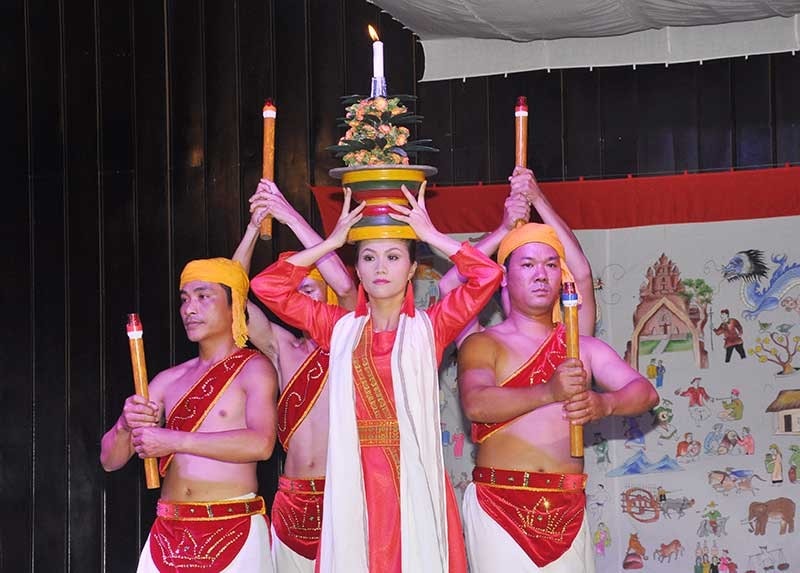
Offering dance in Ka Te festival is performed at My Son performance house.
Another unique dance of the Cham people is the water carrying dance or jar carrying dance, which the Cham people call Tamia dwa buk. The girls carry a ceramic pot (pu) or a tray (ka ya) containing fruit on their heads. According to researchers, this dance originated from the Thong hala (betel tray) dance in the ceremony of offering holy water to the tower, then combined with the action of carrying a jar of water in daily life. Not only do the Cham people carry offerings on their heads to walk and dance, they also often compete with each other in their talent for carrying objects. The water carrying and ceramic pot carrying game is often held during festivals. This is a quite attractive and engaging game that young Cham girls bring to tourists during festivals.
Ritual dances also include dances such as Tamia carit - sword dance, Tamia jwak apwei - fire-stepping dance or whip dance. The dancers are usually men, performing vibrant, heroic movements that cause great excitement, symbolizing a general rushing into battle, ready to overcome all difficulties and hardships. Ritual dances also include 3 consecutive dances in the Cham festival called Pa dea, which means to treat - to offer gifts to thank the god Po Klong Girai and the Mother of the land Po Inư Nưng Cành. The female spirit (Mú Bajau) will worship and perform 3 consecutive dances: Lang hláu dance (closed - opened skirt dance), a dance expressing the wish for life to develop and grow with the meaning of fertility; Ke pui dance (fire-biting dance), a dance expressing the oath of lifelong loyalty to the religion and superiors; The Cho Ba Tai Dance (rice threshing dance) is a dance of a god named Po Ki Nonh Mu Tri who is threshing rice so that it falls to earth to feed people.
The fire-biting dance is the most special. The dancer holds 3 candles nearly 1/2 meter long, put them together in the palm of her hand, her left hand holds the 3 candles, her right hand measures the length of the 3 candles. After measuring, she puts the wicks of the 3 candles together, and puts them into the flame of another candle. When the 3 candles are burning red, the gong and paranung drum music starts. The dancer plays the role of the shaman and starts dancing back and forth, circling around her with the 3 burning candles. Finally, the shaman puts the flames of the 3 candles into her mouth, the candles go out, ending a sacred ritual. Especially, the performances of praying, chanting, and praising the gods are performed by the elderly actors in the Cham palay from Ninh Thuan.
Cham art performances for tourists add to the appeal of My Son relics. Contemporary Cham culture is contributing to beautifying My Son, helping to preserve and promote the quintessence of the intangible cultural heritage of the Cham people.
Source: https://baoquangnam.vn/dieu-mua-cham-giua-my-son-3027597.html





![[Photo] Visiting Cu Chi Tunnels - a heroic underground feat](https://vstatic.vietnam.vn/vietnam/resource/IMAGE/2025/4/8/06cb489403514b878768dd7262daba0b)


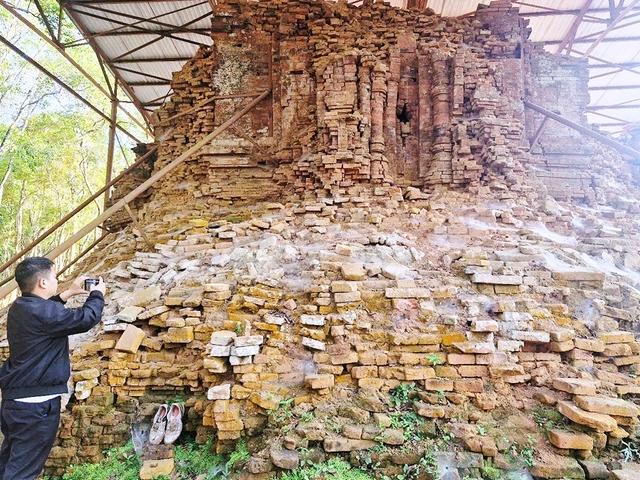

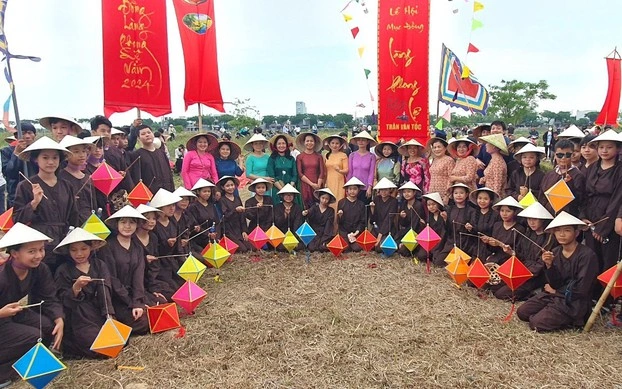
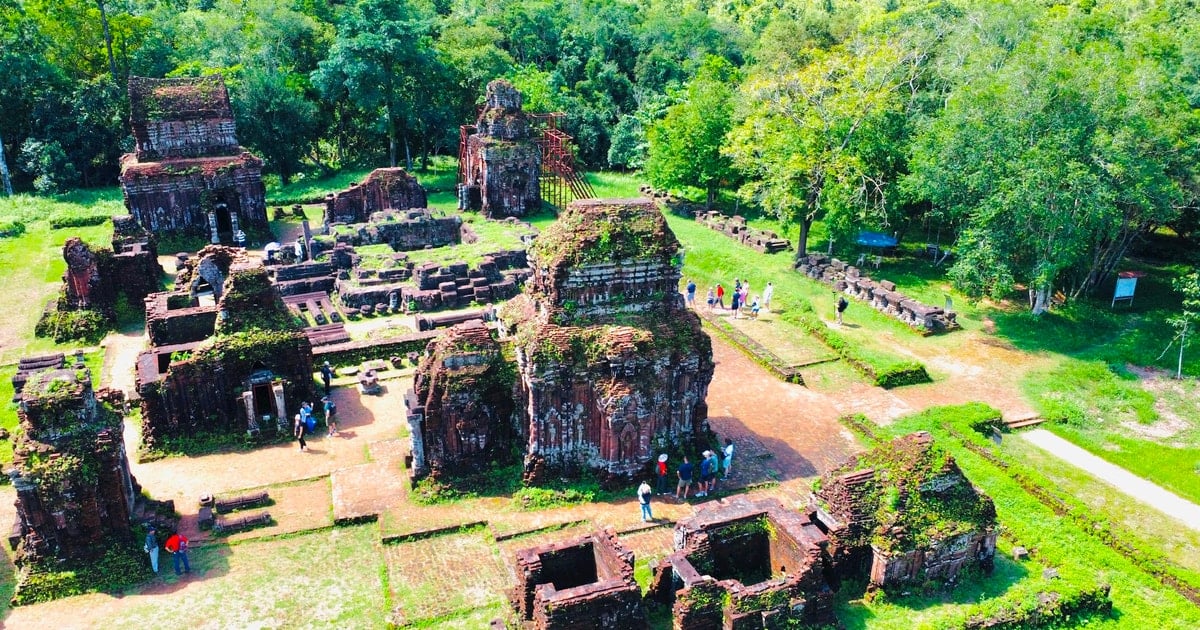

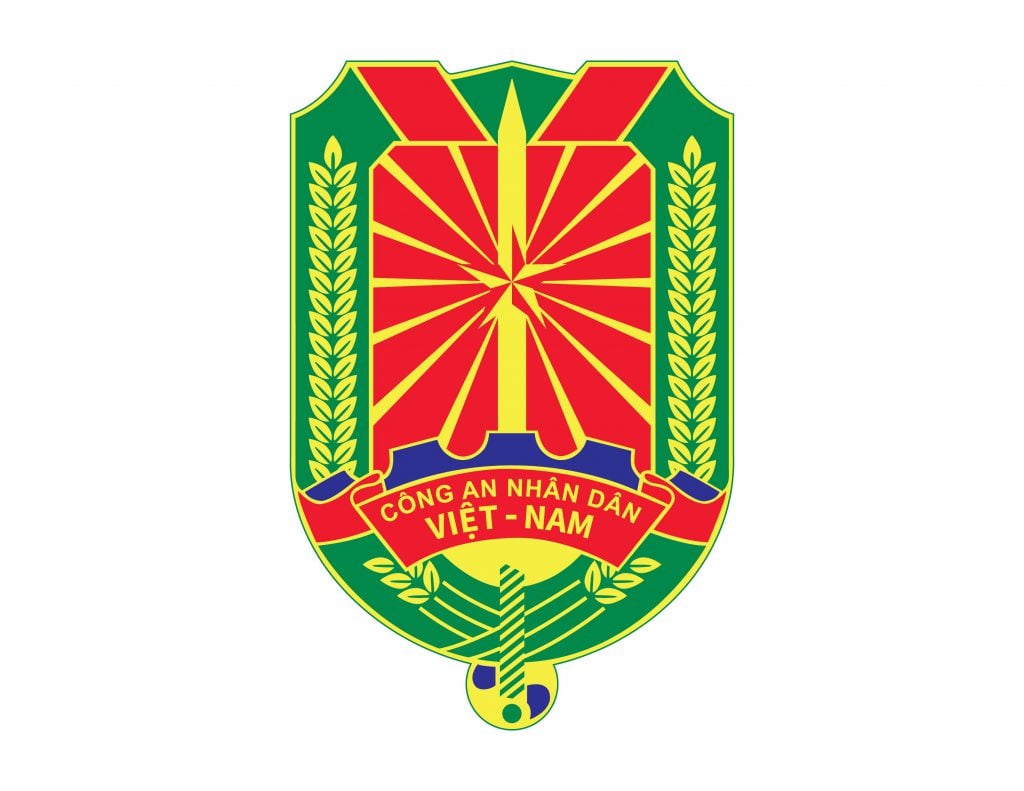

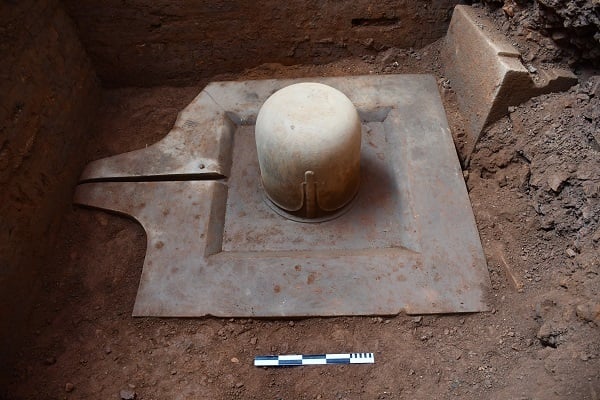



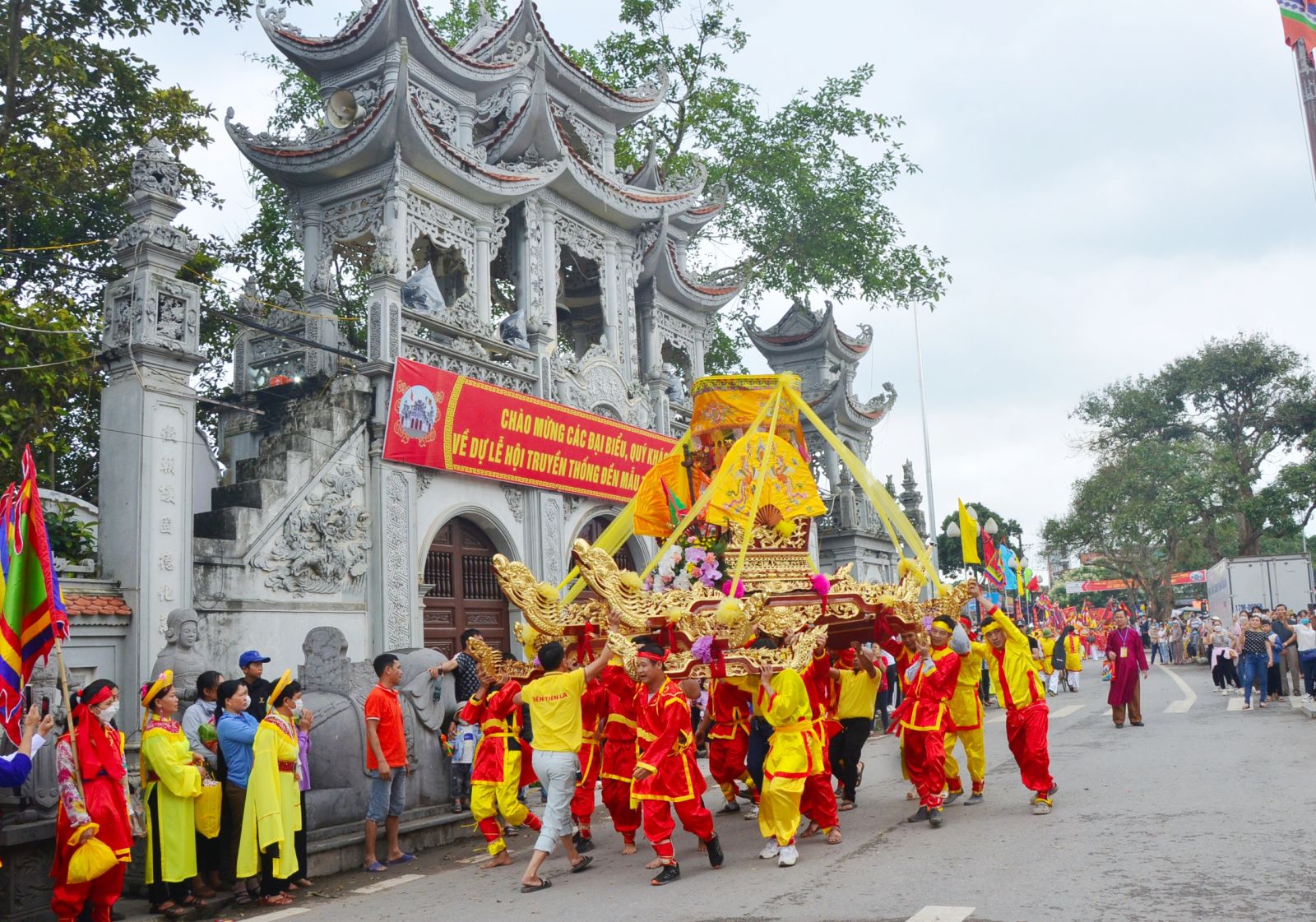
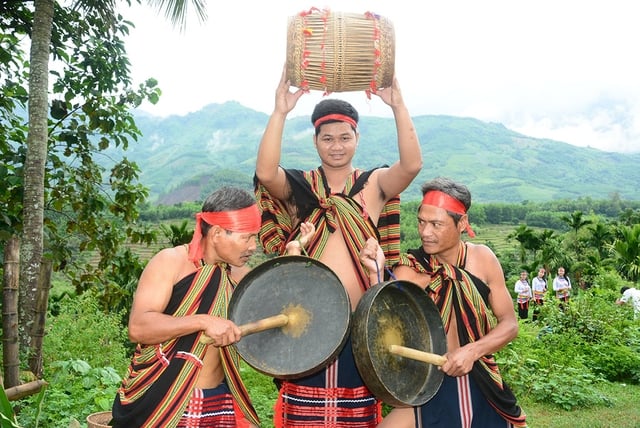



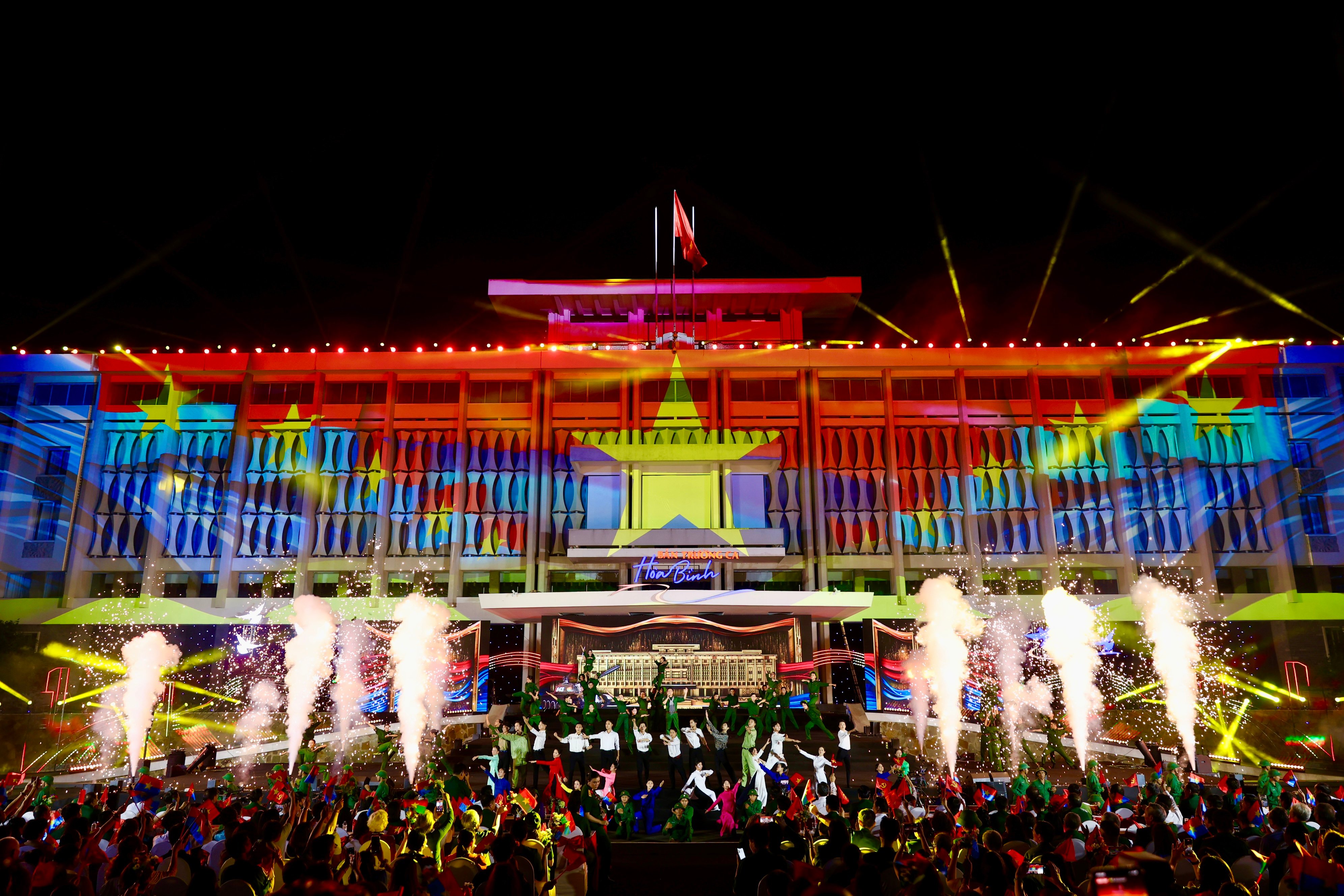
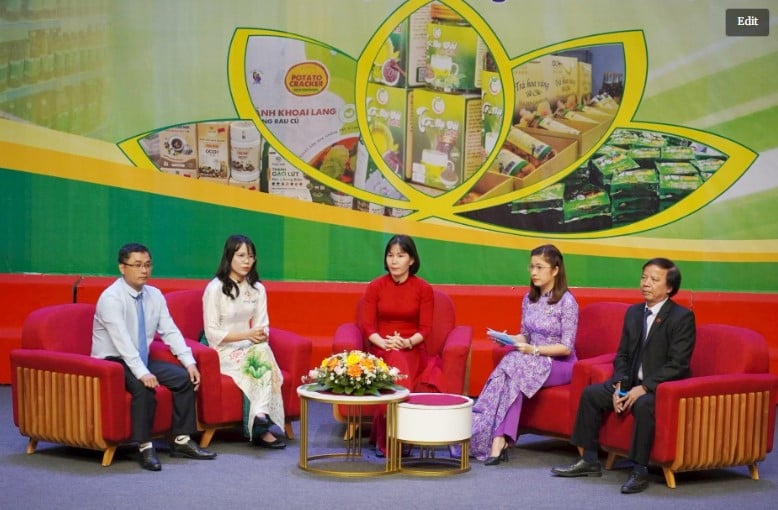


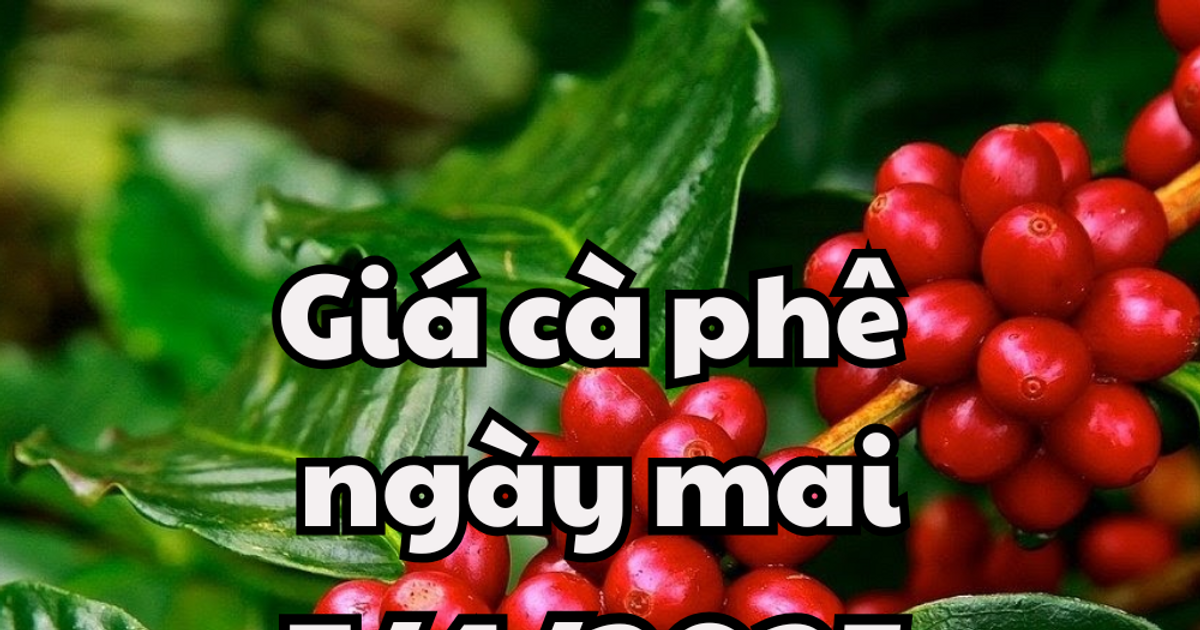



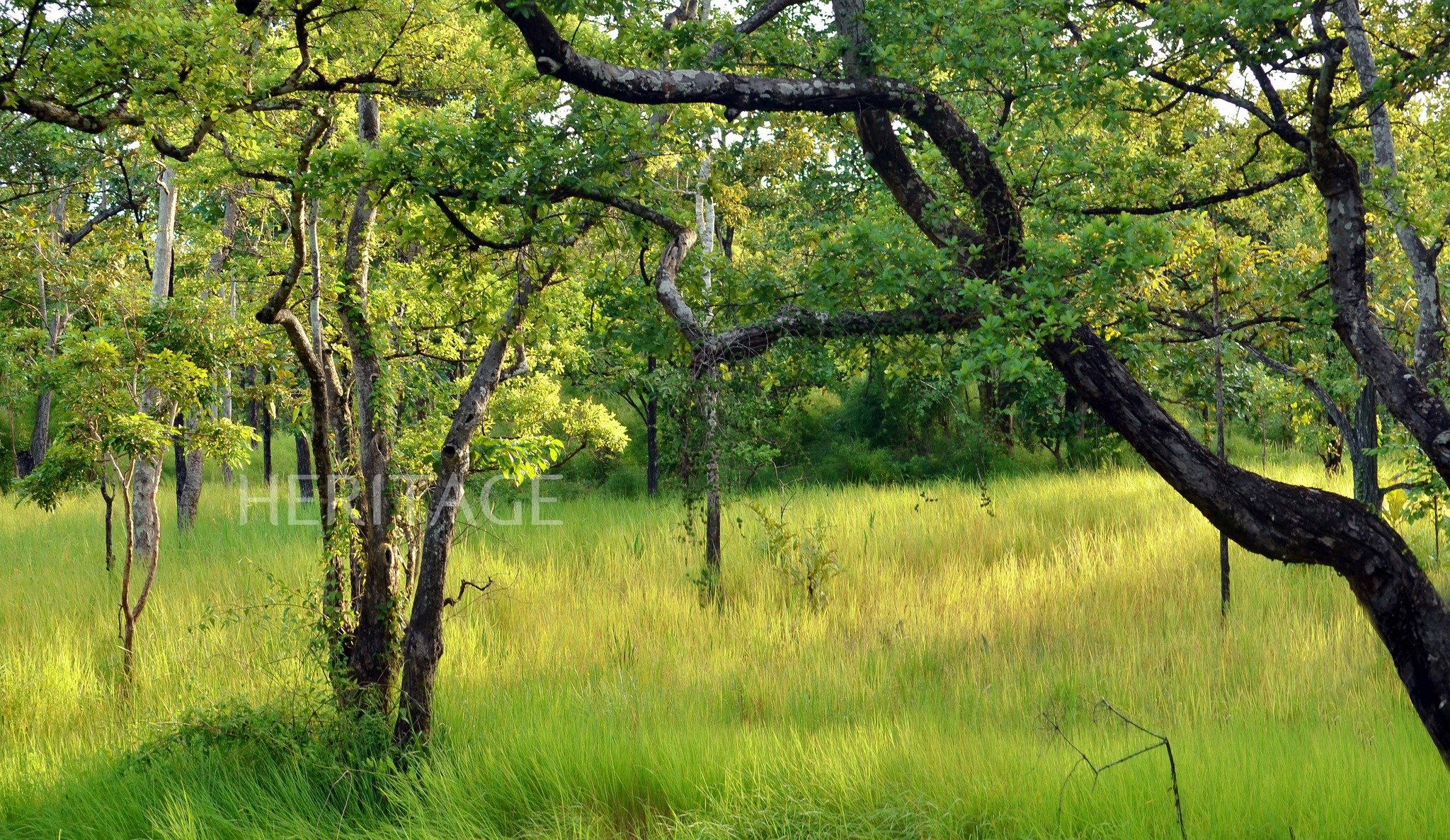







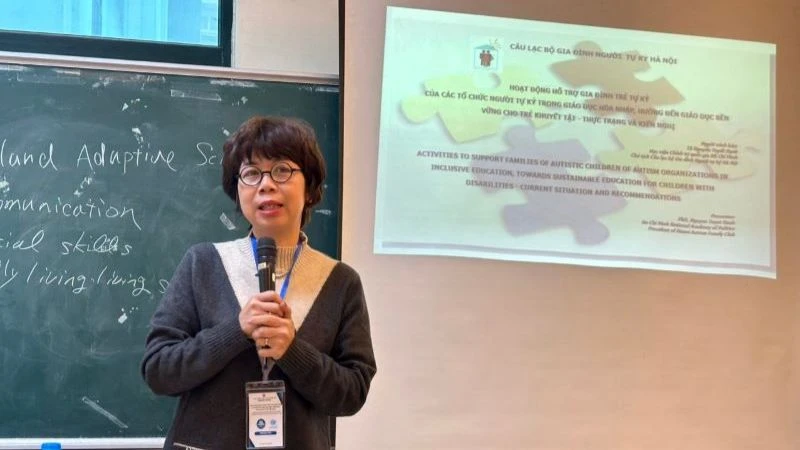



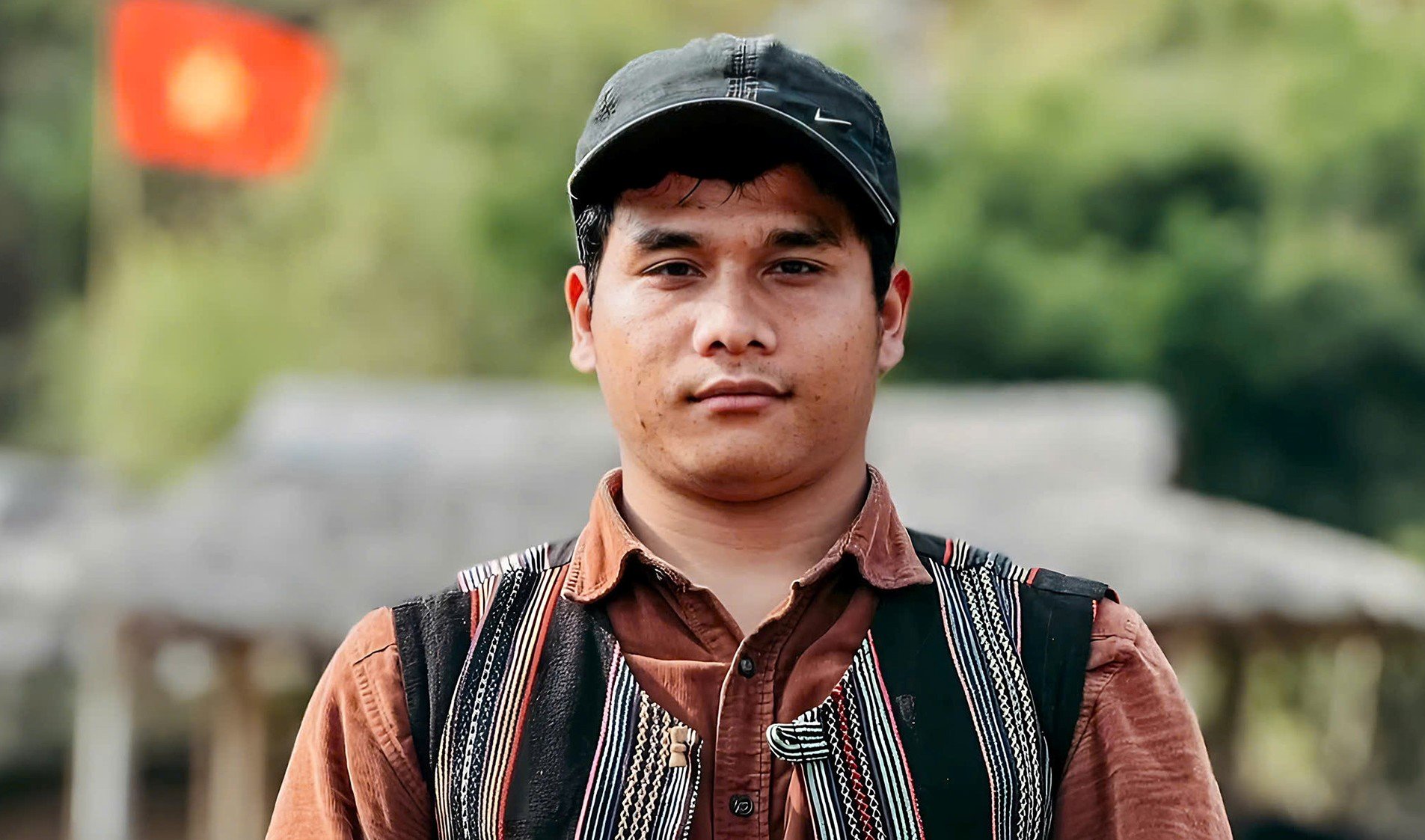

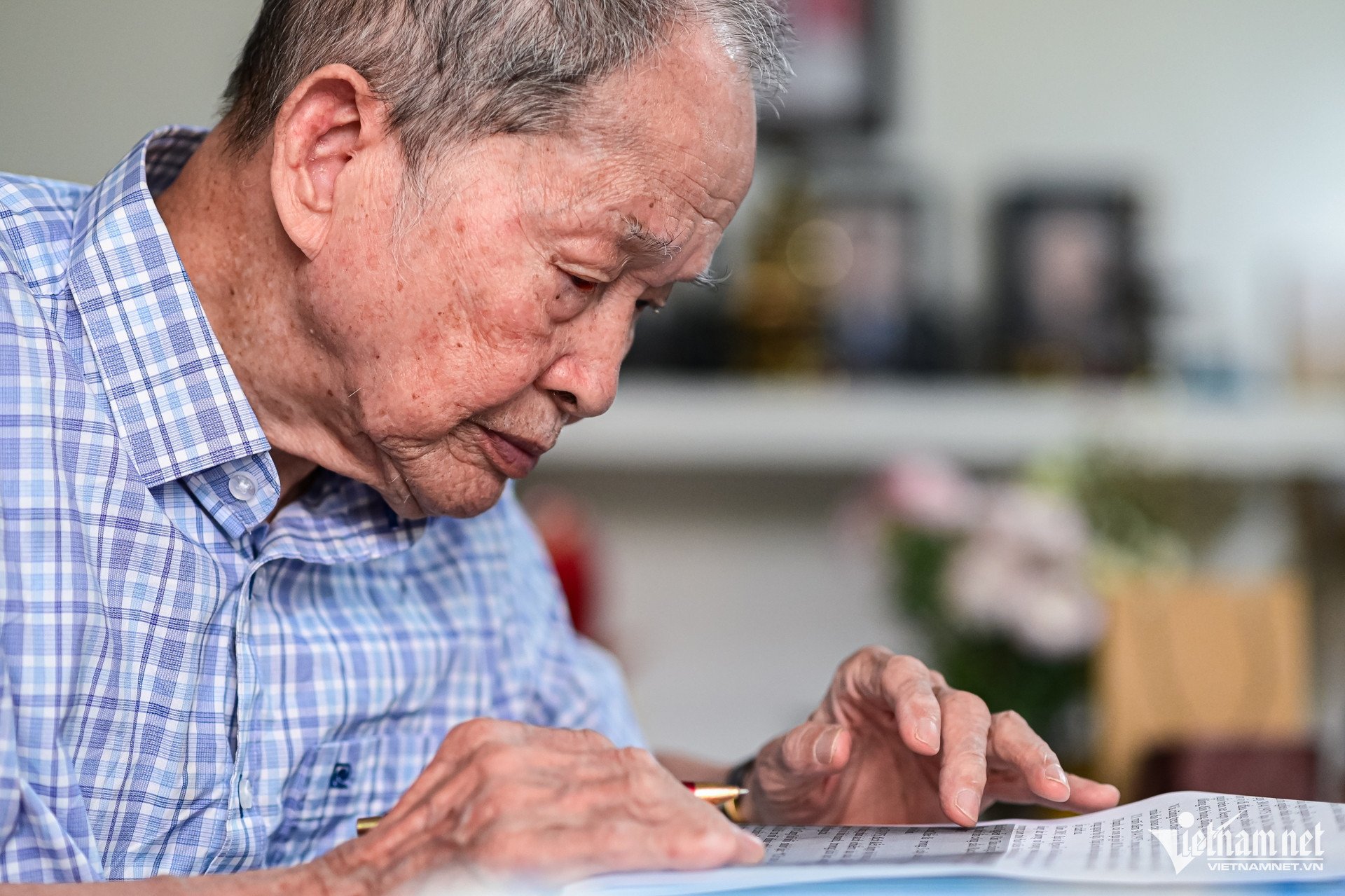
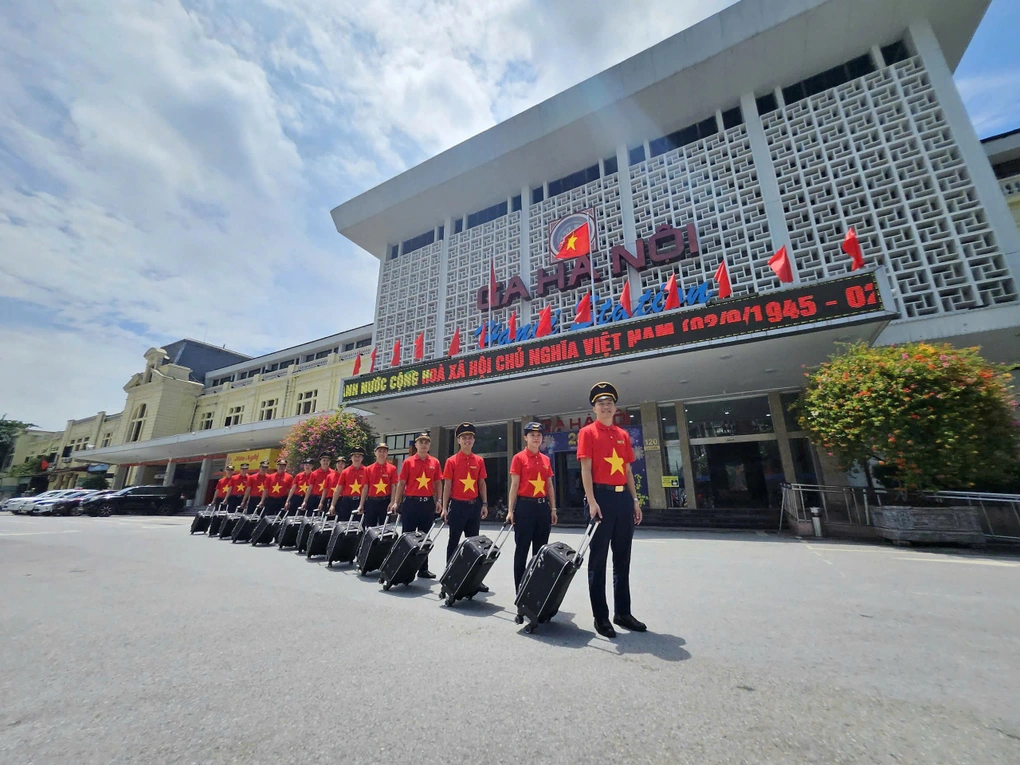









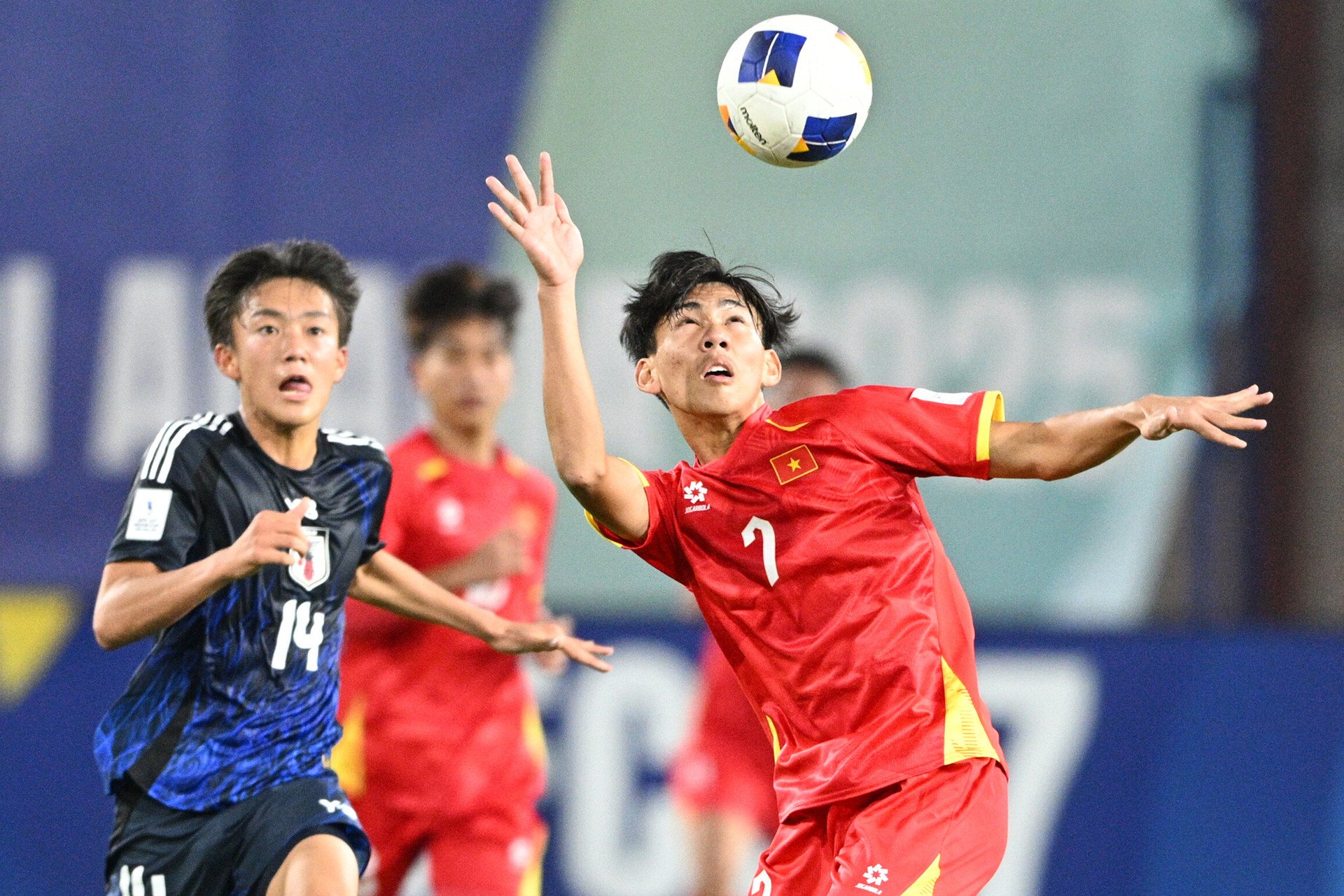
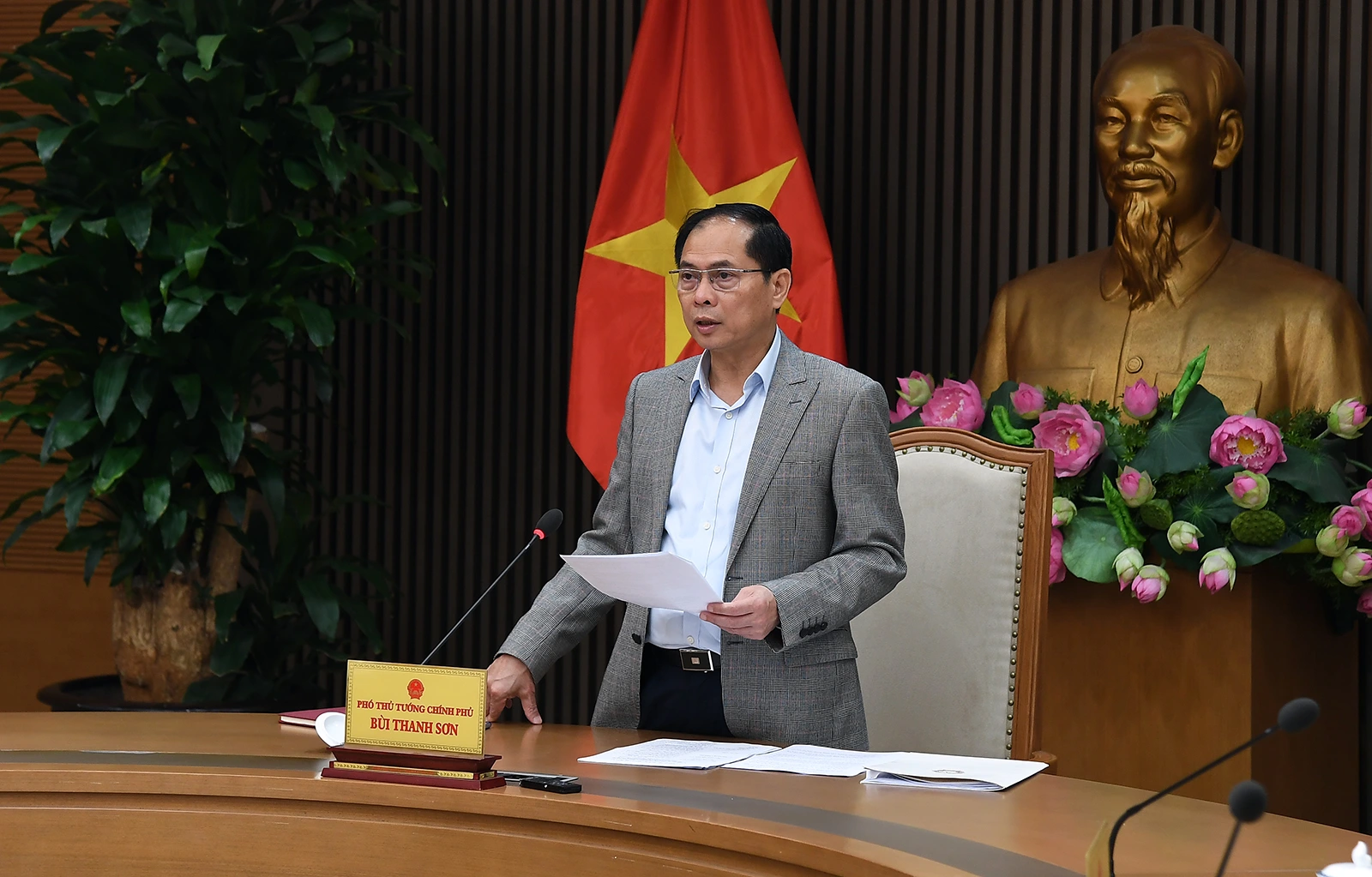
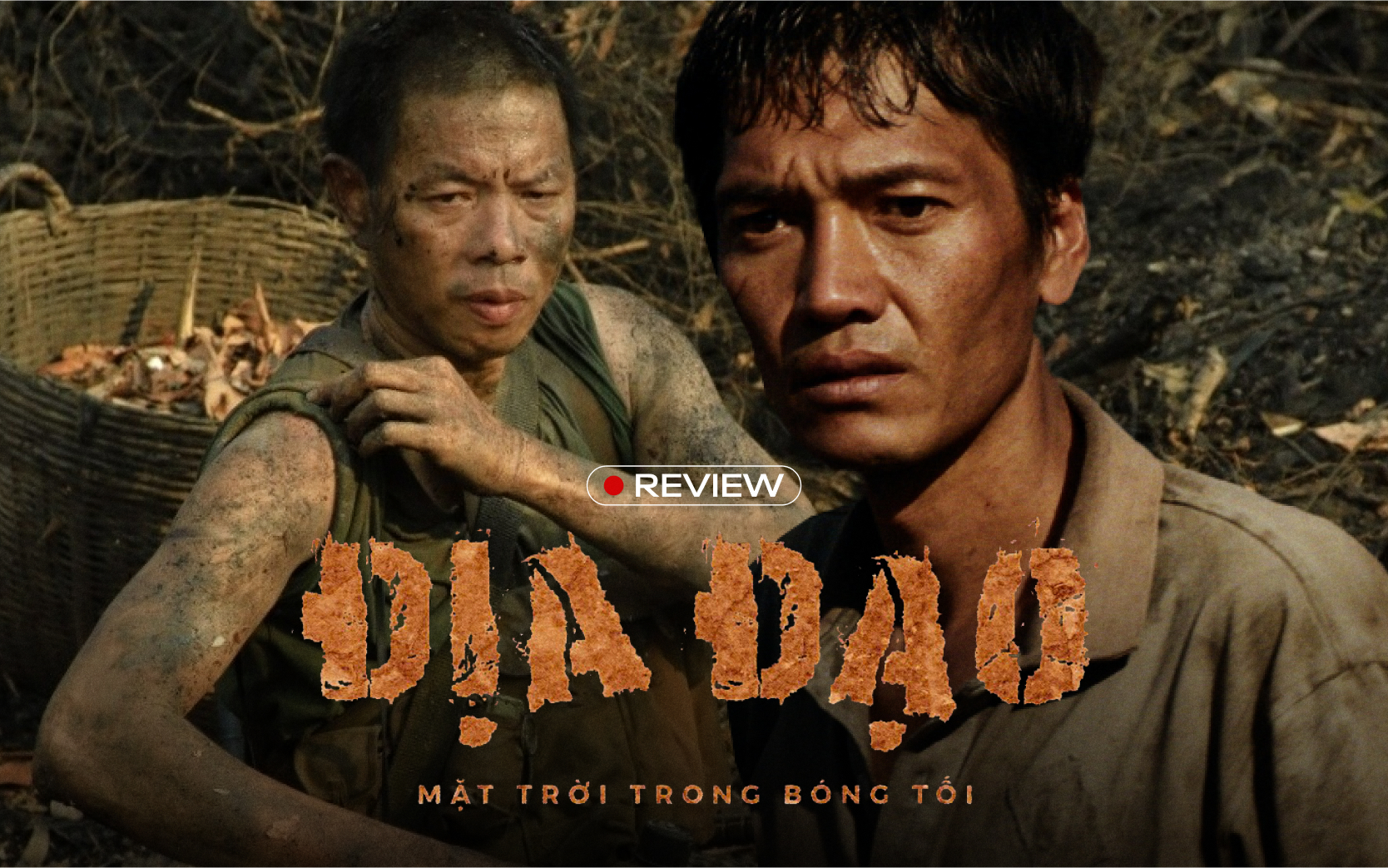










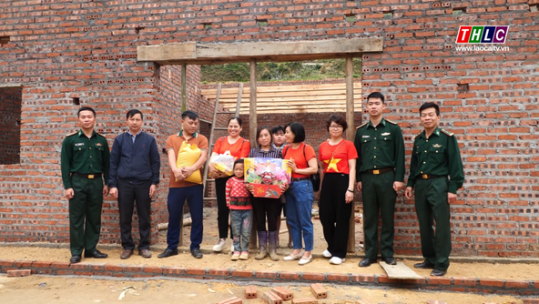







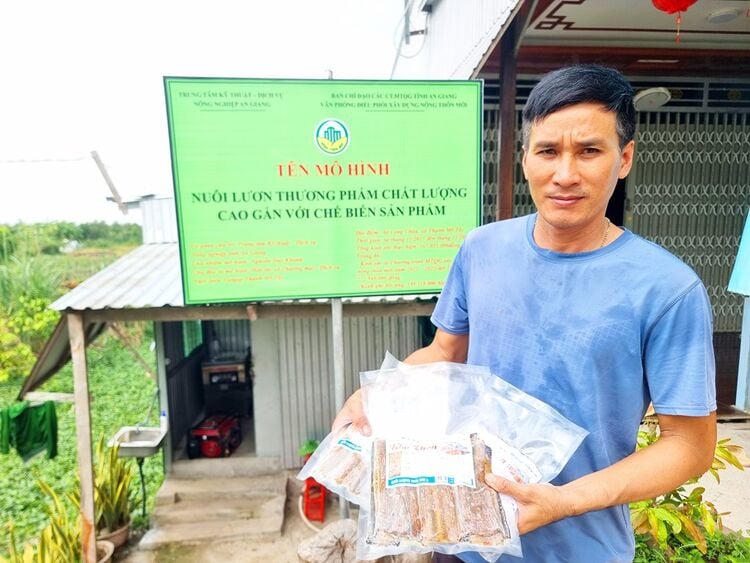
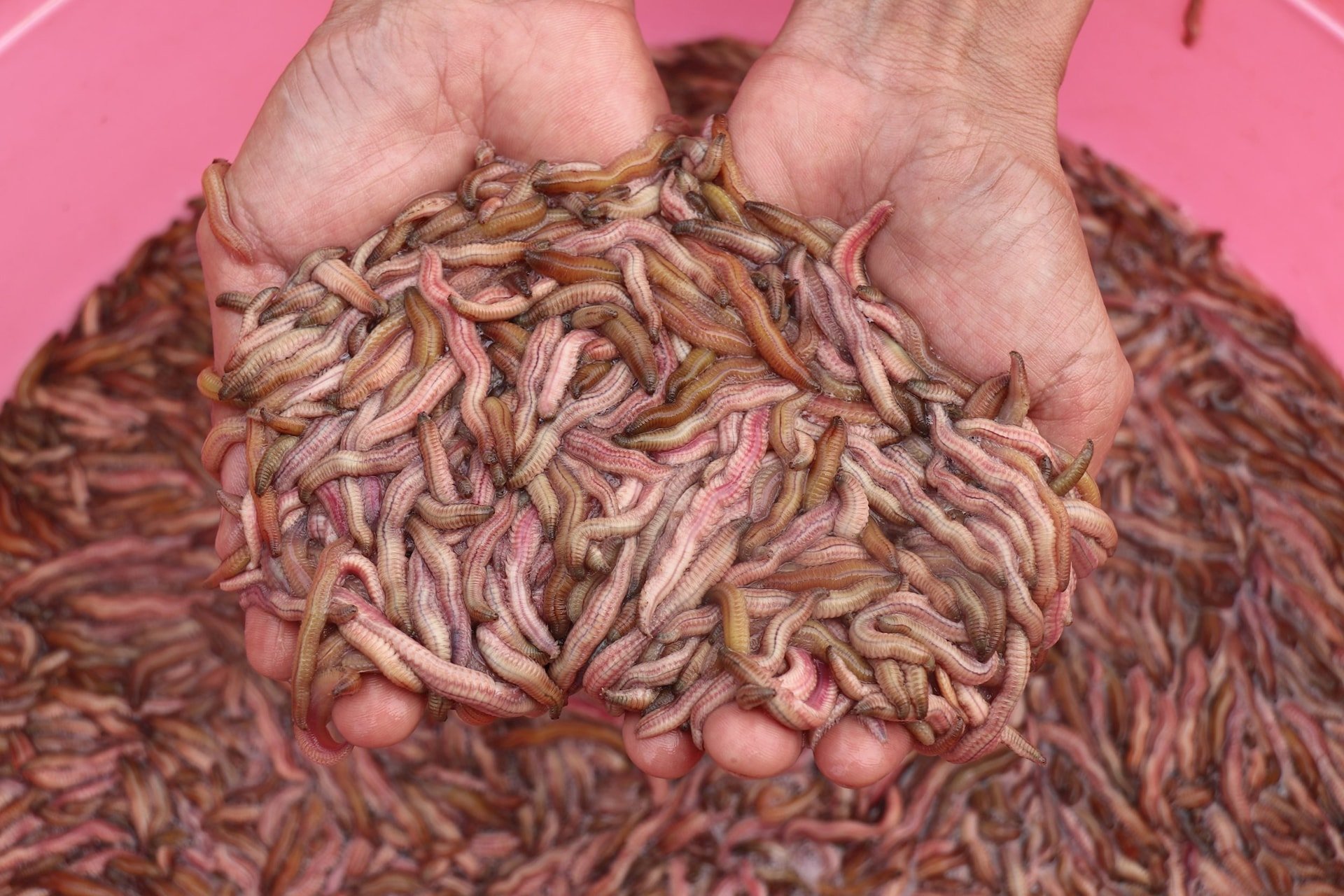
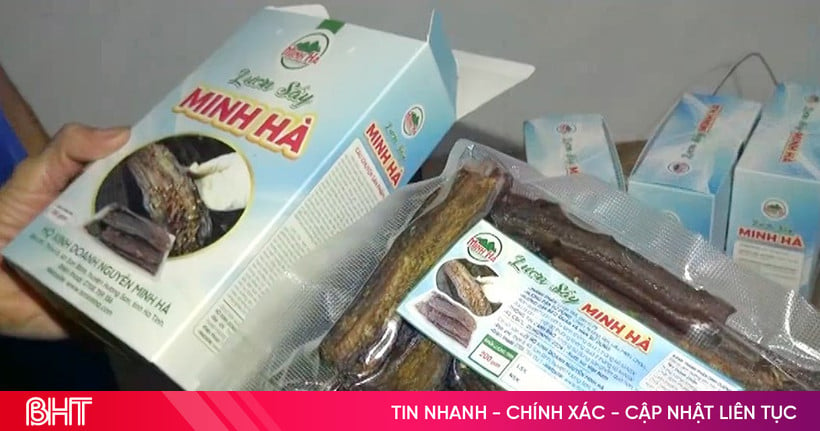

Comment (0)